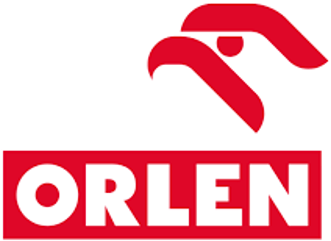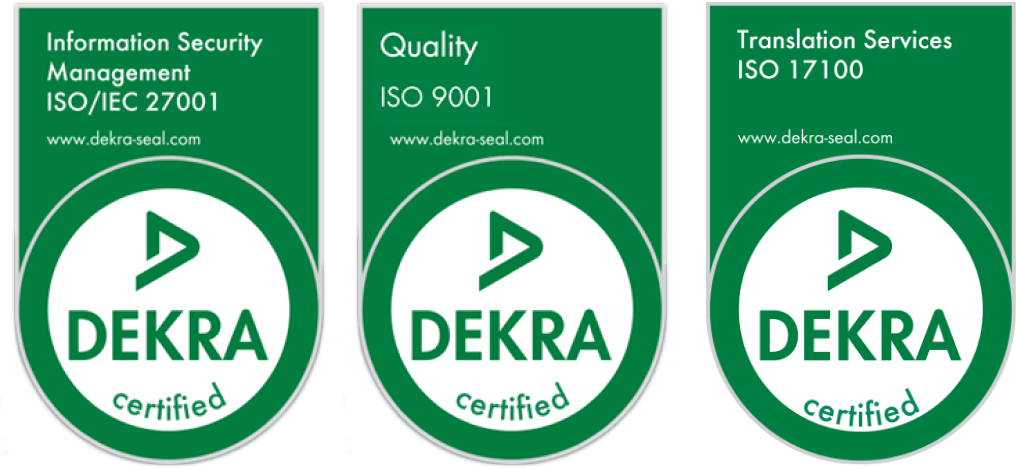ISO 9001:2015, ISO 17100:2015, ISO 27001:2017 and ISO 18587 certified translation and localisation services
The state-of-the-art neural machine translation engines available on LivoLink provide near-human fluency and accuracy in an unprecedented way, reducing costs and workload for multilingual content.
However, the choice to use machine translation must take into account the possibility of errors in the final product. In areas such as medical and technical translation, for example, mistranslation can be critical.
Post-editing of machine translated content represents an intermediate solution between human translation and pure machine translation. It is often called MTPE, PEMT or simply post-editing. The essence of post-editing is to check machine translation for accuracy. It is used to create content that conveys the message in a way that is understandable to its potential audience, but may not feel completely natural. Post-editing is suitable for the creation of multilingual website content, e-commerce translation, translation of in-house documents, translation of chatbots and other ERP-type content. Post-editing offers economies: it takes less time than translating from scratch, reducing project costs.

You should be aware that post-editing of machine translation generally does not provide the same level of quality as 100% human translation.
The language industry organisation TAUS (https://www.taus.net/) distinguishes between two "levels" of machine translation post-editing: "Good enough" and "Human-like". The differences are summarised in this table:
The key difference between 'Good enough' and 'Human-like' post-editing is that ‘Good enough’ does not aim for a flawless text. Under the TAUS (https://www.taus.net/) guidelines for post-editing, "the text may sound as if it has been generated by a computer, the syntax may be slightly unusual, the grammar may not be perfect, but the message is accurate."

























Ronda Sant Antoni 46,
ent.1A 08001 Barcelona
+34 931 82 42 24
info@omero.es
al. W. Witosa 3
20-315 Lublin
+48 81 30 70 677
info@omero.pl
